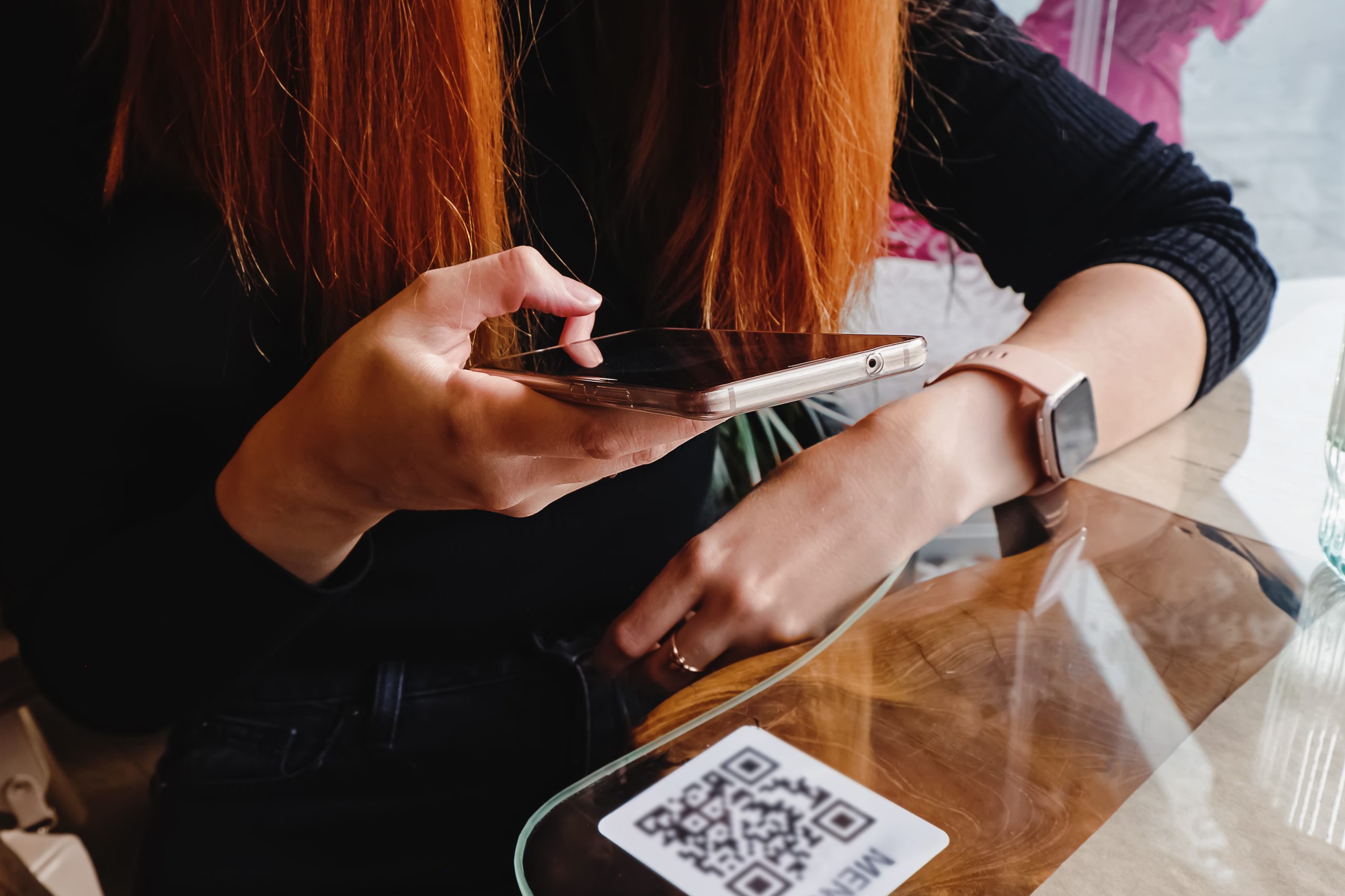TECHNOLOGY IN RETAIL is a curious thing. There’s no doubt technology will have a growing influence on the in-store shopping experience in the years ahead, and there’s really no debate to counter that narrative. Exactly what that future will look like, however, isn’t as clear.
Case-in-point: Prior to the pandemic, if you were to ask retailers where the opportunity exists for using technology in stores, many would have touted the promise of interactive experiences – touch interactivity, in particular. After all, touch-interactive displays not only provide a canvas upon which retailers can project an endless array of content, they also enable those same screens to connect with customers in meaningful, lasting ways. The upside of touch-interactivity was near-limitless. But then along came Covid, and with it a collective fear of high-touch surfaces. Almost overnight, touch interactivity gave way to touch-free experiences. Retailers were motivated to find new ways to deliver interactive experiences that addressed the real, and perceived, shopper and staff concerns around hygiene and safety.
This predicament brought about what I consider to be one of the most interesting developments in retail during the pandemic – the rebirth of QR codes. To be clear, there’s really nothing flashy about them. In fact, QR codes have been around since the mid-1990s. But it wasn’t until about 2010, when many of us started carrying around smartphones, that QR codes began to morph into their current function, which is to use a phone’s camera to capture the code and point the user to a specific webpage.
Scanning QR codes was common among the tech-savvy crowd pre-pandemic, but it struggled to achieve ubiquitous adoption. Many people simply didn’t know how to use them. And for those who did know how to scan QR codes, the novelty wore thin and adoption rates plateaued. Consequently, after a decade of mainstream use, QR codes never reached a level of pervasiveness to be considered a game-changer in the industry.
But all that changed when the pandemic hit. In fact, recent data from retail display manufacturer OnQ suggests that customers today are twice as likely to scan QR codes at retail. And this is only part of a much larger story. Businesses, not just in retail, across a wide range of vertical segments, began to embrace QR codes. Recognizing diners’ reluctant to handle printed menus, restaurants did away with them in favor of digital menus on diners’ phones. Corporate facilities began asking visitors to complete Covid symptom questionnaires on their phones before being granted entry. Retailers began using customers’ phones to deliver product information and to enable mobile payments. These are just a few of the countless touch-free experiences enabled by simply scanning QR codes. Who could have guessed that a technology created more than a quarter century ago would solve such a critical problem in the middle of a global pandemic?
And while it makes a good story to hail the resurrection of a decades-old technology as a modern-day savior of interactive experiences, that’s not the whole story. QR codes themselves haven’t changed much, but what we can do with those codes today has improved dramatically. Software innovation has revolutionized how we use QR codes. Today, they can be used to trigger immersive, augmented reality experiences in-store. They can be used to bridge the omnichannel gap between e-commerce and brick and mortar. And they can be used to forge digital connections with customers more effortlessly than ever before
Advertisement
So yes, QR codes are much more commonplace today than at any other point in their history. But what really intrigues me about this technology is that we’ve only scratched the surface of what’s possible with QR codes in retail. The technology itself is simply an on-ramp that feeds shoppers into the retailer’s digital ecosystem – once that hand-off occurs, retailers are free to remarket, incentivize and engage with those customers however they see fit. What the future holds is anyone’s guess, but I’m certain that QR codes will remain an important part of the retail experience for years to come.


 Photo Gallery2 weeks ago
Photo Gallery2 weeks ago
 Headlines7 days ago
Headlines7 days ago
 Headlines2 weeks ago
Headlines2 weeks ago
 Headlines2 weeks ago
Headlines2 weeks ago
 Headlines5 days ago
Headlines5 days ago
 Headlines2 weeks ago
Headlines2 weeks ago
 Headlines5 days ago
Headlines5 days ago
 Designer Dozen1 week ago
Designer Dozen1 week ago

















